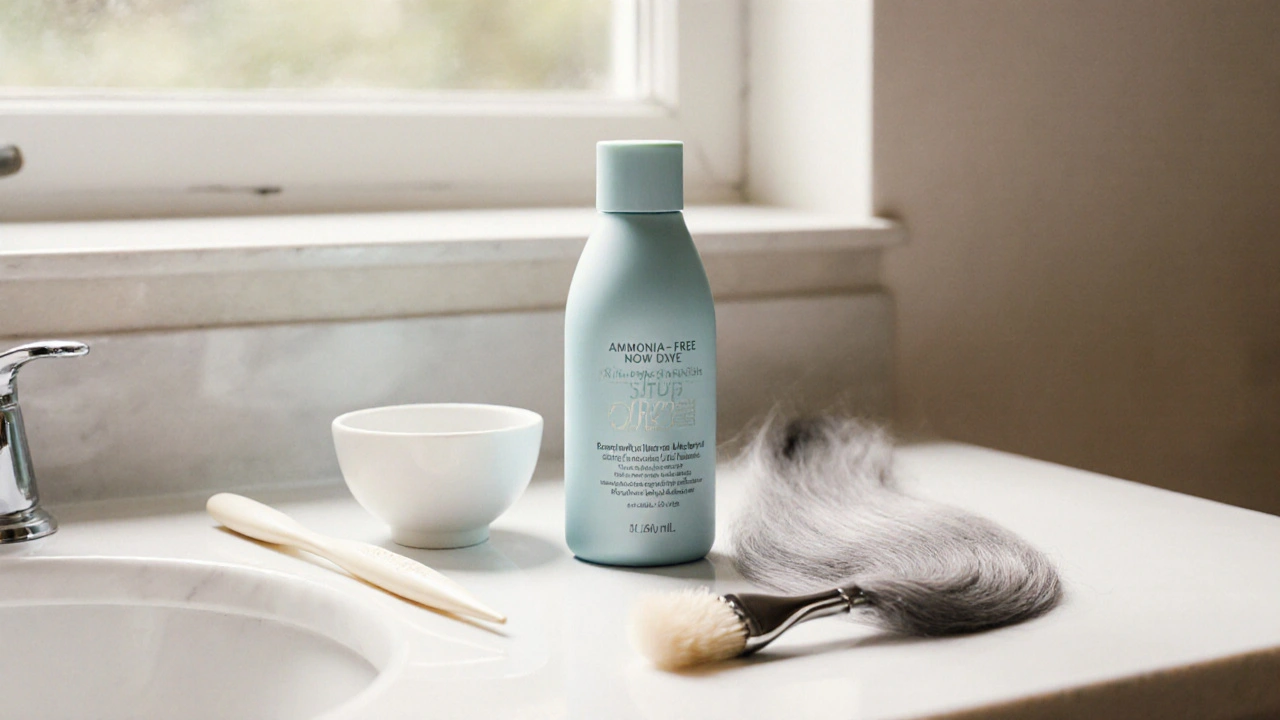When working with gray hair coloring tips, methods to blend, enhance, or transform gray strands into a flattering shade. Also known as silver hair dyeing, it helps cover unwanted gray, boost shine, and boost confidence. If you’ve ever stared at a box of dye and wondered where to start, you’re not alone. Below we’ll break down the most common tools, techniques, and after‑care steps that keep your color looking salon‑fresh.
One of the core hair coloring, the practice of applying pigment to change hair hue methods is balayage, a free‑hand highlighting technique that creates a soft, sun‑kissed transition. Balayage works especially well on gray because it lets you blend silver with darker tones without a harsh line of demarcation. Pair it with a toner, a semi‑permanent pigment that neutralizes brass or yellow hues and you’ll achieve a cool, cohesive look that feels natural.
The first step is assessment. Look at the density of your gray, the existing color base, and your skin undertone. If you have a lot of coarse gray, a high‑volume developer can help the dye penetrate evenly. For finer hair, a low‑volume formula prevents damage. Next, consider root blending – applying a slightly lighter shade at the scalp and gradually darkening toward the ends. This mimics the way natural hair darkens with age and reduces the need for frequent touch‑ups.
Another popular option is the low‑light technique, where you add subtle, darker strands to break up the uniformity of gray. Low‑lights pair nicely with a gloss treatment, a clear coating that adds shine and seals color to lock in moisture and protect the cuticle. The result is a multidimensional finish that catches the light without appearing over‑processed.
Don’t overlook the importance of after‑care. Gray hair often feels drier because it lacks the natural oils that colored hair produces. Use a sulfate‑free shampoo and a deep‑conditioning mask at least once a week. Products containing keratin or argan oil replenish protein and keep the cuticle smooth, which in turn helps any color you apply stay vibrant longer.
Finally, schedule regular maintenance. Even the best techniques will fade as the hair grows out. A touch‑up every 4‑6 weeks keeps the gray at bay and gives you an excuse to book a quick salon visit for a professional gloss or toner refresh.
All these ideas—assessment, balayage, toning, root blending, low‑lights, gloss, and proper after‑care—show how gray hair coloring, the entire process of covering or enhancing gray strands is more than just picking a shade. It’s a combination of technique, product choice, and maintenance that together create a polished, natural look. Below you’ll find a curated list of articles that dive deeper into each of these topics, offering step‑by‑step guides, product reviews, and pro tips to help you master your gray hair journey.

Learn safe methods to color grey hair without causing hair loss, from choosing low‑damage dyes to after‑care routines and professional tips.